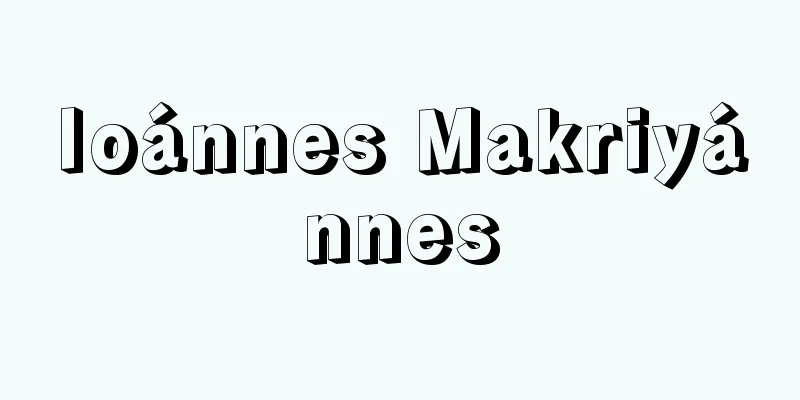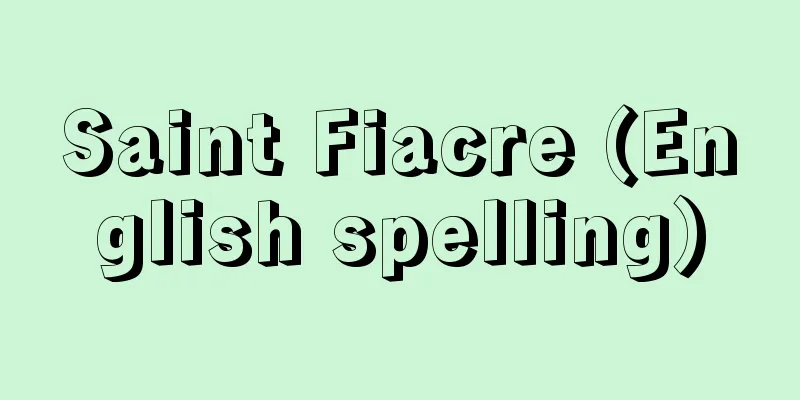Henbun - Henbun

|
A storybook of illustrated chanting (wahon) that was popular in China from the Tang to the Five Dynasties period. Most of the extant copies date back to the 10th century, but these are part of the Dunhuang manuscripts discovered in the Mogao Caves in Dunhuang, Gansu Province in the early 20th century, and about 100 copies are currently available to the public. There are many unknown aspects about how they came about, but they are thought to have been performed in popular lectures for the common people to spread Buddhism. While the same chanting is centered around a single verse of the sutra and expanded on it, a copy of "Kokyoubun" is composed of three parts: sutra, dialogue, and chanting, while "Bianwen" is a chanting in Bai and chanting while showing paintings called "Bian" and "Bianxian". This is attested to by the existence of manuscripts with inscriptions on picture scrolls and phrases in the text that indicate a connection to paintings. The contents can be broadly divided into those based on Buddhist scriptures and those based on stories specific to China. The former include "Variations from the Sutra of Prince's Enlightenment" (working title), which describes the life of Buddha, "Daimokukenrenmyokengumo Variations," which depicts the Venerable Mokuren traveling to hell to save his mother, and "Subduing Demons Variations," which tells of a contest between a Buddhist disciple and a pagan to demonstrate his magical skills. The latter include "Shunzi Variations," a tale of filial piety by the sage King Shun, "Wangling Variations," which draws its inspiration from the war between Han and Chu, "Zhaojun Variations" (working title), which depicts the tragedy of Wang Zhaojun, and "Zhang Yichao Variations" (working title), which praises the hero of Dunhuang in the late Tang Dynasty. All of these are deeply popular among the common people. It influenced later novels and stories, and is highly valued as the oldest surviving document of Chinese vocal literature and colloquial literature. [Terumitsu Kanaoka] "The Illustrated Tales of Dunhuang" by Terumitsu Kanaoka (1981, Toho Shoten) Source: Shogakukan Encyclopedia Nipponica About Encyclopedia Nipponica Information | Legend |
|
中国で唐から五代にかけて流行したと思われる絵解き講唱(こうしょう)の話本(わほん)。現存写本はほぼ10世紀のものが多いが、これらは20世紀初頭、甘粛(かんしゅく)省敦煌(とんこう)の莫高窟(ばっこうくつ)から発見された敦煌文献の一部で、現在では約100点の写本が公にされている。その発生の過程には不明な点が多いが、仏教を布教するため、庶民を対象に行われた俗講(ぞくこう)において演じられたものと思われる。同じ講唱でも、経典の一句を中心に、それを敷衍(ふえん)した「講経文(こうきょうぶん)」という写本が、経・白(せりふ)・唱(うた)の三段構成であるのに対し、「変文」は「変」「変相」とよばれる絵画を示しながら、白と唱で講唱したものである。画巻に唱を注した写本や、変文中に絵画との関連を示す語句のあることが、これを立証している。内容は仏典に取材したものと、中国固有の故事に取材したものに大別できる。前者には仏陀(ぶっだ)の生涯を述べた「太子成道経変文」(仮題)、目連(もくれん)尊者が地獄に赴き母を救うことを描いた「大目乾連冥間救母(だいもくけんれんみょうけんぐも)変文」、仏弟子と異教徒の法術比べを語った「降魔(ごうま)変文」などがあり、後者には聖王舜(しゅん)の孝道物語「舜子変」、漢楚(そ)の戦いに材を求めた「王陵(おうりょう)変」、王昭君の悲劇を写した「昭君変文」(仮題)、さらには唐末敦煌の英雄を賛美した「張義潮(ちょうぎちょう)変文」(仮題)などがあり、いずれも庶民性の濃厚なものである。 後の小説、語物(かたりもの)にも影響を与え、中国の講唱文学、口語文学の、現存最古の文献として、その価値は重視されている。 [金岡照光] 『金岡照光著『敦煌の絵物語』(1981・東方書店)』 出典 小学館 日本大百科全書(ニッポニカ)日本大百科全書(ニッポニカ)について 情報 | 凡例 |
Recommend
Ocean floor metamorphism
Metamorphism under low pressure occurs in the cent...
Daikyoji Mukashigoyomi - Daikyoji Mukashigoyomi
Joruri Gidayubushi (a type of Japanese recital). ...
Compound fertilizer - Fukugohiryo
Fertilizers that contain two or more of the three...
Battle of Minatogawa
In 1336, near the Minatogawa River in Hyōgo, Setts...
Ageyairi - Ageyairi
The act of a prostitute being called by a customer...
Hydrurga leptonyx (English spelling) Hydrurgaleptonyx
…A general term for four species of mammals in th...
Karin (place name) - Karin
...Population: 250,000 (1994), urban area populat...
Metal mold casting - something impossible
...Also, a vacuum molding method (V process) has ...
Facility soil - Shisetsudojo
This refers to the soil used when growing crops in...
Diffusion mixing
…The process of mixing in an actual mixer appears...
Acylglycerol
Acylated glycerols include monoacylglycerols (mono...
Miscellaneous duties - Zounin
〘Noun〙 Under the Ritsuryo system, lower-ranking of...
Barred Plymouth Rock
… [Dual-purpose egg and meat breed] A breed kept ...
Tolman, EC
...The basis for this is the fact of place learni...
Liberation League (Japan)
...In 1952, a discrimination incident at Yoshiwa ...









